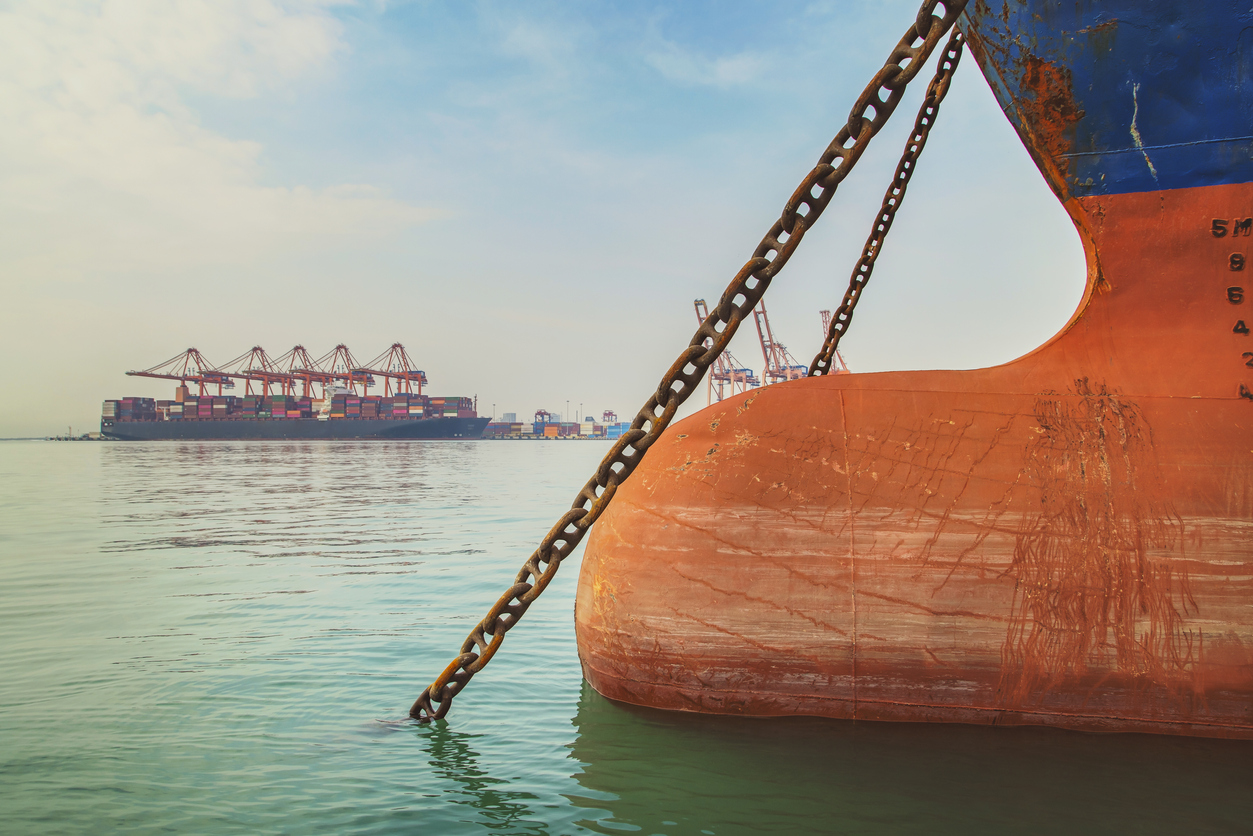Safety on board is not about your equipment – it’s about your suppliers.
Priority number one for most shipowners is to maintain a safe environment on board. To that end, a common mistake is to focus only on what equipment to purchase. While the equipment itself is important, it’s only part of the story.
Focus instead on teaming up with the right supplier. They’ll provide you with everything you need. Here are six things to look for in a safety solutions provider.
1) They Offer Suitable Products of High Quality
Make sure that your supplier offers exactly the right products for the task at hand. It sounds obvious, but this is a surprisingly common shortcoming onboard ships.
In the context of gas detection, we often see detection units that simply can’t be used to measure what they’re intended for. Other times the solution might be technically appropriate, but not user-friendly or reliable.
Compliance does not equal safety. There are numerous examples of safety equipment that satisfies legal requirements, but not practical ones. A good supplier knows the difference, and will advise you accordingly.
2) They’re Competent
You’ve probably watched a few cooking shows on television. Have you noticed how the professional chefs act when they browse the food market? They don’t just know what produce they’re looking for; they know how to identify the best specimens in the bunch. It’s an ability they develop through years of practice.
Safety solution suppliers develop a similar instinct over time, so your best bet is to team up with someone with a proven track-record. Far too often, we encounter vessels carrying the wrong safety equipment for the cargo, sometimes straight from the yard.
Competent suppliers are your best insurance against costly and potentially dangerous deviations. In addition, they’ll help maintain your safety over the long term. From time to time you’ll need to consult with your supplier, and you’re much better off if it’s someone who knows the ins and outs of the scenario you’re facing.
3) They Arrange for Timely Delivery of Your Goods
That great supplier you did a trade with in Rotterdam, might not be of much help in Cape Town. Shipping takes you all over the world, and you never know when you’ll need additional equipment, or fresh consumables and spares. If you buy safety equipment from an arbitrary selection of suppliers, you’ll spend lots of time and energy scouring the market for compatible parts.
Therefore, when you consider teaming up with a new supplier, ask them how they’ll be able to supply what you need, when you need it, and where you need it. Have they got a network of local hubs across the globe? Can they guarantee that you’ll receive your shipment when you dock in Greenland the day after tomorrow? Better yet – will they monitor your stock for you, and replenish your stock continuously?
Hot tip!When you consider teaming up with a new supplier, ask them how they’ll be able to supply what you need, when you need it, and where you need it. |
Read more: Cost-Effective Gas Detection: Leave It to Customer Support
4) Training Is Part of The Delivery
Training is related to competence, and as mentioned earlier, plenty of suppliers sell equipment they know almost nothing about.
You should expect your safety solution provider to complement your equipment with a suitable training regime. Also, there should be mechanisms in place that tells you whether or not your crew has completed the training.
Case in point: A key part of The Bruusgaard System is the computer based training (CBT), which features both training material and competence tests.
5) You Can Perform Maintenance On board
Some safety equipment, like gas detection sensors and water testing kits, require periodic maintenance and calibration. It’s hugely beneficial to be able to perform these basic tasks yourself, while in transit. Crossing the Pacific or the Atlantic takes a good while – time that should be spent productively.
Otherwise, your berth stay will be prolonged because you’ll have to wait for your equipment to be overhauled by a local service provider. This wastes precious time, you don’t know what the result of the service will be, and the shipping costs for parts and consumables will be higher than necessary.
In short, look for suppliers that facilitate self-servicing.

Safety equipment is part and parcel of life at sea.
6) They Care About Your Bottom Line
A solid supplier leaves nothing to chance, but puts in place reliable systems. Structure and standardisation are keywords to look for.
Your job is to ship cargo from A to B, not to spend your days thinking about parts, accessories and compatibility. A single vessel can be challenging enough, but if you oversee a fleet, you can imagine how your crew will appreciate a unified approach to safety equipment. It’s tiring and confusing – arguably even dangerous – to equip different vessels with different inventory. Proper gas detection takes practice and know-how. The same can be said about fire suppression, evacuation and IT security. The list goes on.
Safety aside, disorganisation is expensive. You’ll find yourself purchasing surplus equipment just to make sure your fleet remains compliant. That’s not a sustainable approach. We’d like to propose a better way to manage safety on board: Team up with suppliers who can help you sort things out, standardise, run protocols and checklists. Bit by bit, you’ll find that you feel safer, less pressed for time and more in control of costs. Not least, you’ll always be prepared for audits and vettings.
Good luck!


